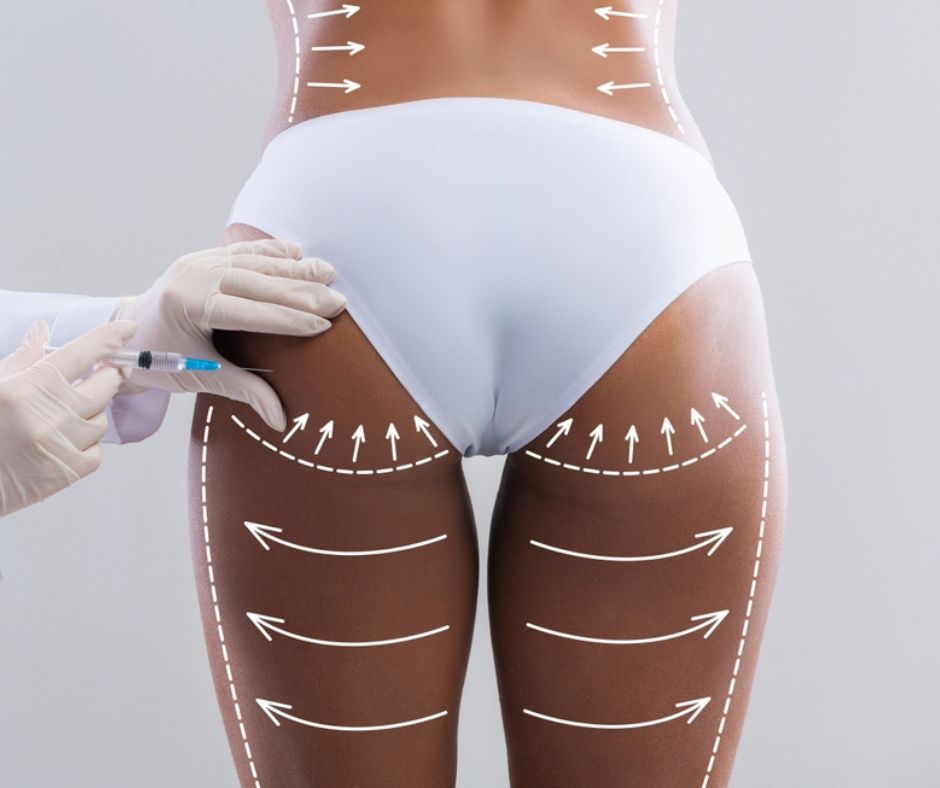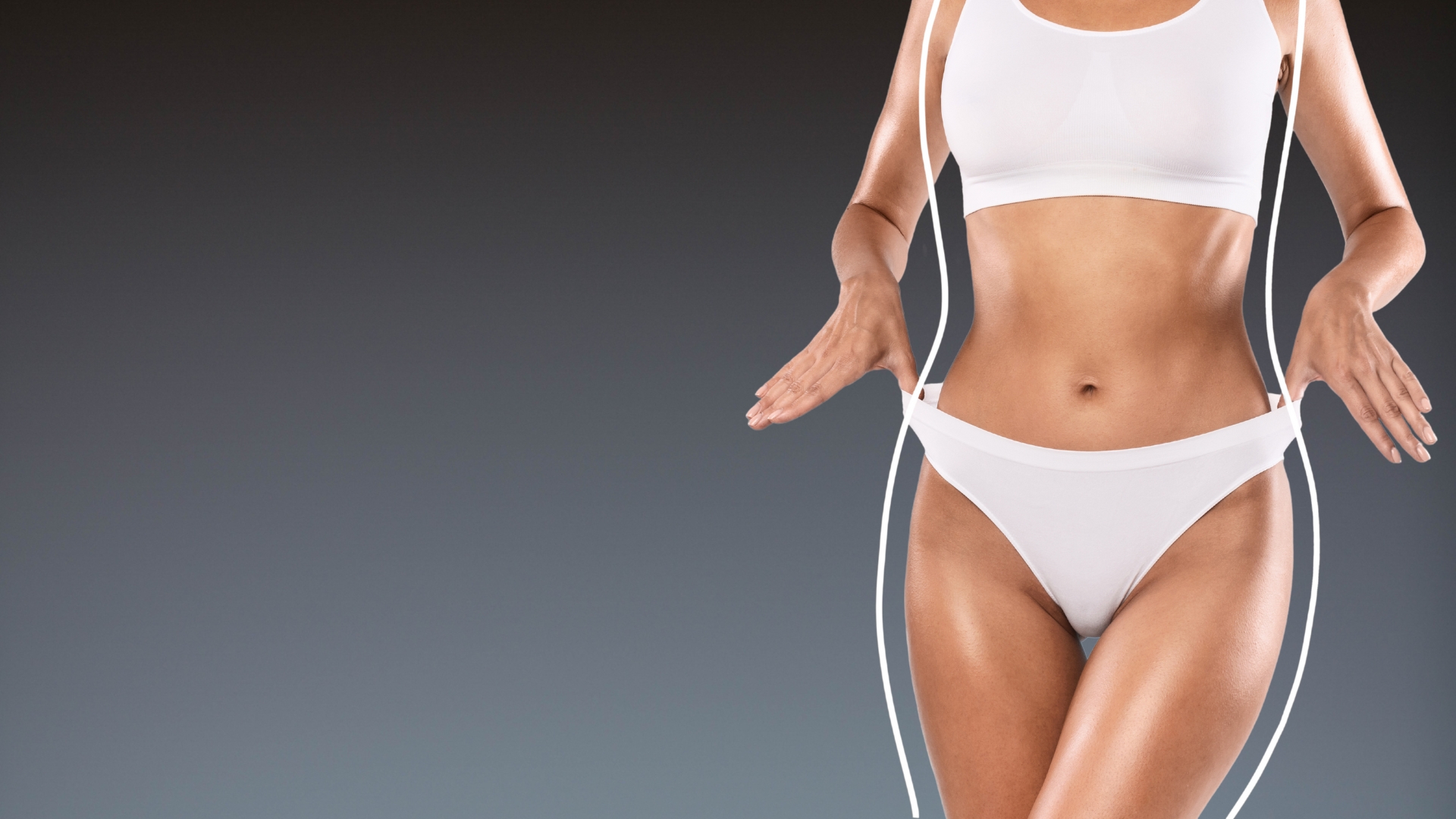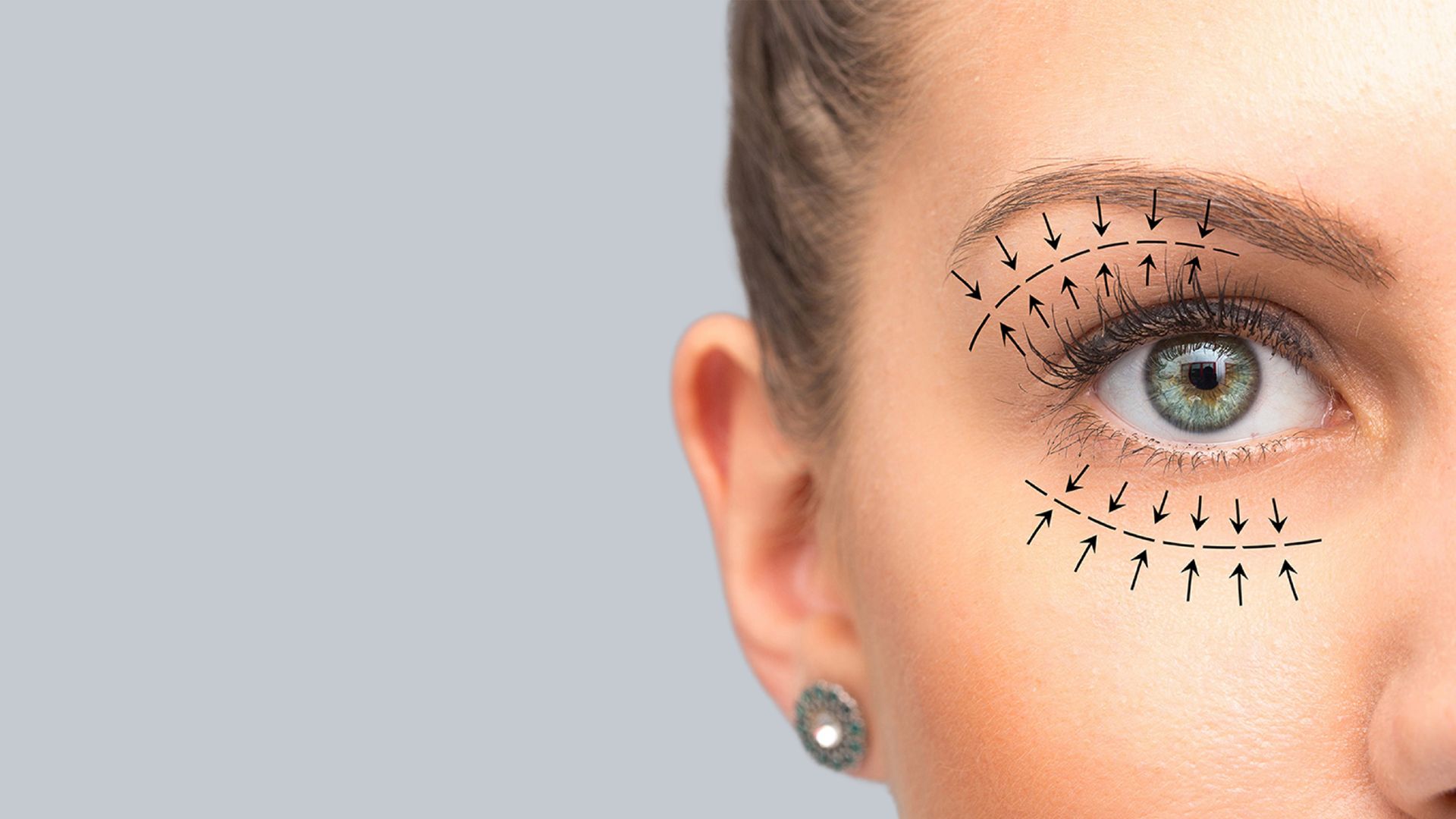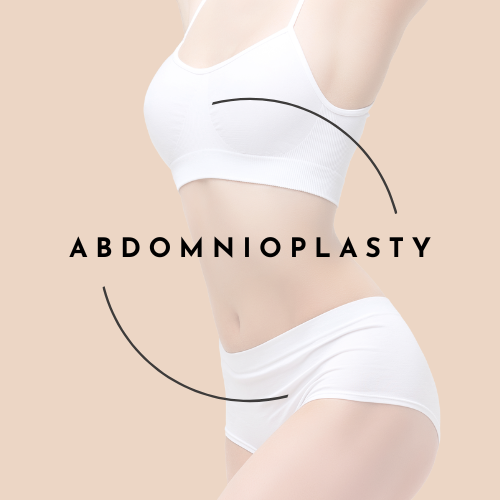For many who are discontent with the appearance or function of their nose, rhinoplasty offers a path to self-confidence and better breathing. If you’re among those considering this path, it’s crucial to be well-informed. In this detailed guide, we will break down the rhinoplasty process, empowering you with the knowledge needed to make informed decisions.
Understanding Rhinoplasty
Before we get into the intricacies of the procedure, it’s important to understand the fundamental aspects of rhinoplasty. Rhinoplasty, commonly known as a ‘nose job’, is a surgical procedure that reshapes the nose, either for cosmetic reasons or to enhance breathing. It is one of the most personalized and intricate procedures in the field of plastic surgery.
The Purpose of the Procedure
The primary purpose of rhinoplasty is to achieve harmony between the nose and other facial features. This could involve altering the contours, size, or proportions of the nose to address a patient’s specific aesthetic concerns. In functional rhinoplasty, the aim is to correct structural abnormalities that impede normal breathing, often a result of trauma or a congenital defect.
Types of Rhinoplasty
Rhinoplasty is broadly categorized into two types: cosmetic rhinoplasty and functional rhinoplasty. The former is performed to enhance the appearance of the nose, while the latter focuses on correcting the functionality of the nasal passages. It is also common for patients to undergo a combination of both types to achieve their desired outcome.
Cosmetic Rhinoplasty Techniques
Common techniques in cosmetic rhinoplasty include reducing the overall size of the nose, refining the nasal tip, straightening the bridge, and narrowing the nostrils. Surgeons utilize a range of methods, such as open or closed approaches, to access the nasal framework and make the necessary adjustments. These techniques allow for a comprehensive customization that respects the patient’s unique facial features.
Functional Rhinoplasty Considerations
In functional rhinoplasty, the surgeon focuses on diagnosing and addressing issues such as a deviated septum, enlarged turbinates, or nasal valve collapse, which can hinder breathing. By restoring nasal function, this type of rhinoplasty not only improves breathing but can also enhance the overall aesthetic appearance of the nose.
Preparation for Rhinoplasty
Preparation is the bedrock of a successful rhinoplasty experience. It begins with the initial consultation and extends to the day of surgery.
The Consultation Process
Your rhinoplasty journey starts with an in-depth consultation with Dr. Brenman. This is your opportunity to discuss your expectations, any concerns you have, and the outcomes you hope to achieve. Dr. Brenman will evaluate your nasal anatomy and overall health to determine your candidacy for the procedure. With modern imaging technology, like 3D simulations, you can visualize potential outcomes, setting realistic expectations.
Pre-Operative Considerations
Leading up to your rhinoplasty, it’s critical to follow pre-operative instructions. These typically include avoiding certain medications, quitting smoking, and maintaining a stable weight. Additionally, you’ll need to prepare for a recovery period — clear your schedule, arrange for someone to drive you home after surgery, and set up a comfortable recovery space at home.
During the Procedure
On the day of your rhinoplasty, you’ll be taken through the steps of the procedure, ensuring you are comfortable and informed.
Anesthesia and Incision Techniques
Rhinoplasty is generally performed under either local anesthesia with sedation or general anesthesia. The choice depends on the complexity of the surgery and the surgeon’s recommendation. Incision techniques can vary, with the closed technique involving incisions inside the nose, while the open technique includes an additional small incision across the columella, the strip of tissue between the nostrils.
Surgical Steps
The specific steps of the rhinoplasty procedure depend on the desired outcome and the surgeon’s approach. However, typically, the nasal skin is lifted to expose the underlying bone and cartilage. Using specialized tools, the surgeon will sculpt the nose to the desired shape. If necessary, cartilage grafts from other areas of the body may be used to provide structural support or volume.
Recovery Room and Immediate Post-Op Care
Following the rhinoplasty, you will spend some time in a recovery room before being released to go home. You’ll have dressings in place to support the nose’s new structure. Dr. Brenman will provide a detailed set of post-operative care instructions that should be followed meticulously to ensure proper healing.
Recovery and Aftercare
The post-operative phase is a crucial period, as it directly influences the quality of your rhinoplasty results.
Home Recovery
Initial recovery at home involves managing discomfort, swelling, and bruising. Dr. Brenman might prescribe pain medication and recommend cold compresses. It’s essential to rest and avoid strenuous activities that could exert pressure on your nose.
Recovering from Rhinoplasty
Swelling and bruising are common after rhinoplasty, but most of it will subside within a couple of weeks. You’ll gradually transition from bandages to a splint, and potentially a nasal cast, which may be removed after about a week. For at least the first few days, you’ll need to sleep with your head elevated to help reduce swelling.
Long-Term Aftercare
Dr. Brenman will schedule follow-up appointments to monitor your progress. During these visits, any external splints will be removed, and your nose will begin to reveal the final outcome. It’s important to avoid activities that could risk injury to your nose for several weeks and protect your skin from sun exposure to promote proper healing.
Results and Expectations
Rhinoplasty results are not immediate, and it takes time for the final outcome to become apparent.
Realistic Expectations
The goal of rhinoplasty is to create natural-looking results that enhance your face. It’s important to have realistic expectations about what the procedure can achieve. Symmetry and perfection are not always attainable, but improvement and harmony with your other facial features are.
Potential Risks
Every surgery carries risks. With rhinoplasty, these can include infection, bleeding, scarring, or an adverse reaction to anesthesia. To minimize these risks, it’s crucial to follow Dr. Brenman’s instructions before and after the procedure.
Long-Term Care
After your nose has healed, the results of rhinoplasty are generally long-lasting. However, the nose can change over time due to the aging process or injury. By maintaining a healthy lifestyle and attending your scheduled follow-up appointments, you can ensure the continued health and appearance of your nose.
Conclusion
Choosing to undergo rhinoplasty is a significant decision that requires careful consideration of the potential benefits and risks. With the insights provided in this guide, you are better equipped to start your rhinoplasty journey.
Remember, thorough research, open communication with your surgeon, realistic expectations, and diligent post-operative care are the cornerstones of a successful rhinoplasty experience. If you are still unsure whether rhinoplasty is the right option for you, consider scheduling a consultation with Dr. Brenman to explore the possibilities and address any lingering concerns.





